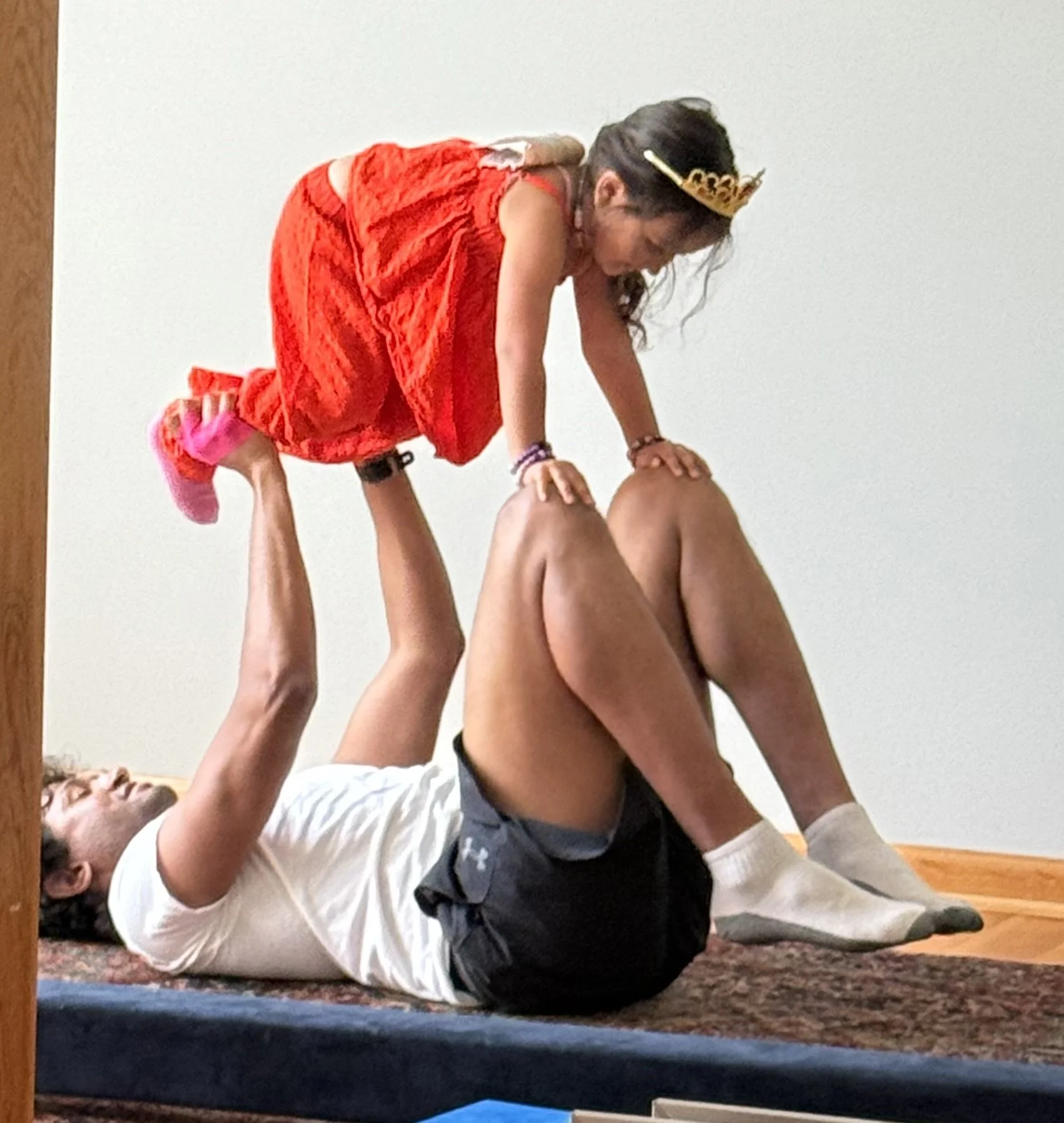Hypermobility care runs in our family
Meet our team
Dr. Rani Gandham, M.D.
I spent more than twenty-five years caring for children and families in upstate New York. Born in Narsapur, India, into a multigenerational family of physicians, I was trained in pediatrics at Thomas Jefferson University in Philadelphia but grew up surrounded by the principles of Eastern medicine. Throughout my career, I maintained a deeply personal, high-touch approach to my patients—following up after visits, checking in by phone, and favoring thoughtful, natural interventions over unnecessary prescriptions. My patients tell me they value my warmth, attentiveness, and commitment to treating the whole person, not just the diagnosis.
Today, my concierge practice focuses on adults and children with hypermobility spectrum disorders, Mast Cell Activation Syndrome (MCAS), and dysautonomia. Outside the clinic, I remain closely involved in the medical care of my son and two grandchildren, and am continually expanding my knowledge of emerging research to better serve the families I care for.
Dr. Sai Gandham, M.D.
My husband, Dr. Sai Gandham, is a fellowship-trained ophthalmic surgeon with more than two decades of experience in the diagnosis and treatment of complex eye diseases. At the hypermobility clinic, he provides comprehensive fundus and optic-nerve evaluations, using the eye as a window into autonomic health. Through careful analysis of subtle optic-nerve changes he helps identify early signs of intracranial hypertension—conditions that are often missed in patients with Thoracic Outlet Syndrome, Craniocervical Instability, and Dysautonomia. His work adds a neuro-ophthalmic perspective to the clinic’s multidisciplinary approach.
Dr. Gandham is hypermobile and has maintained his exceptional level of health through his consistent daily routines. He begins each morning with a five-mile walk, brings his own home-cooked meals wherever he goes, ensures steady hydration throughout the day, and is thorough with his sleep hygiene.
Kasey Gandham
My son Kasey has lived with hypermobile Ehlers-Danlos Syndrome since childhood—long before my husband or I knew what it was called. Growing up, his body often felt like a puzzle that never quite fit together: constant injuries, fatigue, and strange, unexplainable symptoms that didn’t match what any doctors saw on paper. For years, he pushed through school, athletics, and work while his autonomic system and connective tissue were quietly unraveling. Kasey was the founder of a successful multi-million dollar AI startup and lived a high stress lifestyle. When his health finally collapsed—bringing severe dysautonomia, mast-cell activation, and widespread joint instability—he was forced to rebuild from the ground up. That period became both a medical education and a turning point: through careful experimentation, structured rehabilitation, and deep research, he regained stability piece by piece.
Kasey has personally trialed dozens of therapies, medications, and procedures related to management of his hEDS, MCAS, and dysautonomia. He has successfully rehabbed out of POTS, thoracic outlet syndrome, cervical instability, may-thurner’s syndrome, and nutcracker syndrome. We eventually found the right combination of medications to manage his MCAS and dysautonomia, but many of those medications are no longer required today. Today, Kasey is running his next startup company and regularly trains gymnastics under guidance of his physical therapist. He serves as a strength and rehabilitation coach alongside myself for our patients.
The Little Gandhams
My Grandchildren, a 4-year-old little girl and a 6-month-old little boy (we’ll call them the Little Gandhams to protect their privacy) are also exhibiting signs of hypermobility. My Granddaughter is following our protocol to build strength and condition her muscles to support her ligaments. She is getting comfortable with postural cues like “tall neck” and “keep a strong tummy”. We use protective measures to support her gut health and reduce MCAS reactions. She’s now a thriving preschooler, with a supportive care routine that is upheld by her school. She attends physical therapy each week proactively—she calls her therapist her “Body Teacher” and loves it.
She understands that hypermobility gives her “special powers” of flexibility, but that those special powers also require special care, strength, and support so she doesn’t get injured.
While the Little Gandhams won’t be a part of your care team, they are the heart and soul of our practice that motivate us to stay on the cutting edge of hEDS research and effective care procedures.



